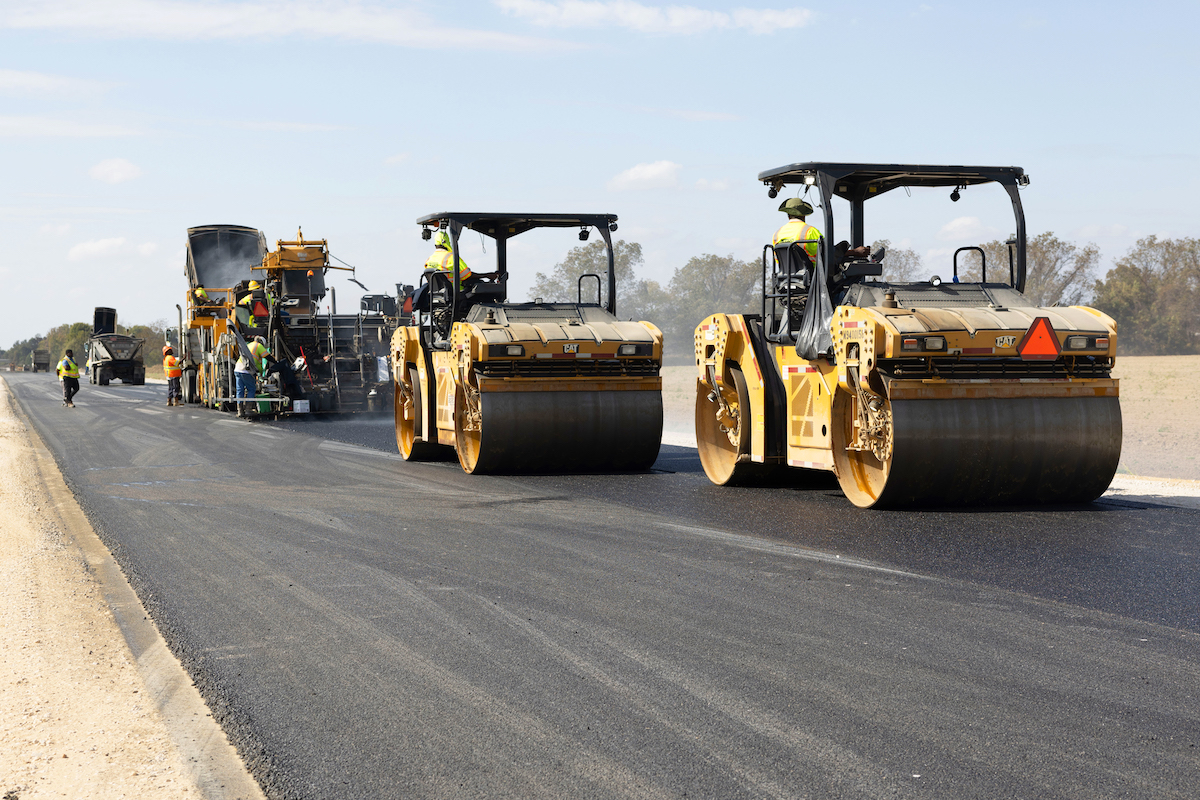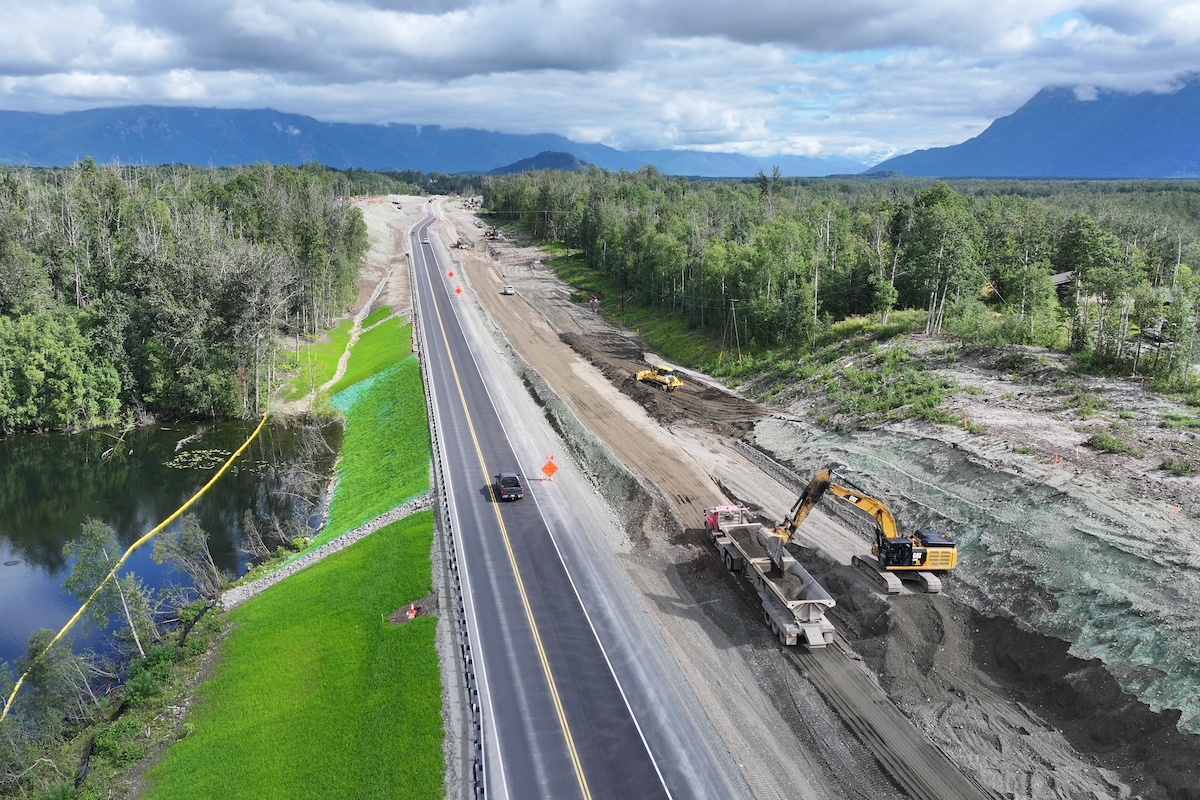Not only can the right telematics offering make your life easier in terms of maintenance, but it also supports your bottom line by helping you calculate a truer TCO. That can be a complicated equation, but if you have access to the right tools, the information is easily within reach. Let’s dive into the value of telematics and knowing your TCO.
One major benefit to measuring TCO is visibility to machine performance. This gives you the ability to grab the low-hanging fruit. As your crew progresses and you continuously measure TCO, you’ll be able to improve your purchasing or renting process. This can help you identify the best machine, warranty timeframe, maintenance procedures, operator training, machine disposal process and so on to get to a truer TCO number.
In its simplest terms, you should calculate total cost of ownership as the cost of owning and operating a machine in dollars per hour divided by what it produces in tons per hour. There are several ways telematics can help with all three parts of this equation.
Ownership costs include the purchase price, interest, insurance, tax, residual value and depreciation. The cost you have the most control over is depreciation, and here’s an example of how telematics can impact that.

| Your local Wirtgen America dealer |
|---|
| Dobbs Equipment (DXC) |
A good telematics system should allow you to easily track the idle time of your machines. Imagine two of the same machines doing the same amount of work on the same jobsite. Machine A runs with 50 percent idle time and Machine B is idling at 33 percent. So, Machine A runs about 2,000 hours each year, whereas Machine B runs about 1,500.
While it may seem small at first, the difference quickly adds up. After five years, Machine A has accumulated 10,000 hours with a true working time of just 5,000 hours. Machine B has only accumulated 7,500 hours – also with a true working time of 5,000 hours.
The same work rate was achieved over the same period, but the difference of 2,500 lifetime hours can cut thousands of dollars from the resale value, depending on the machine size and type – all because of idle time.
Using telematics to track idle time will allow you to spot excessive idling and train your operators on when to shut a machine down, reducing wasted hours on your fleet.
Operating costs include fuel consumption, wear parts, preventive maintenance, and repairs. Using an advanced telematics service can reduce unplanned maintenance and repair costs by catching problems before they escalate and more quickly diagnosing and solving bigger issues. It can also help customers stay on top of scheduled maintenance with reminders and alerts.
I encourage you to look for an advanced telematics system that provides fleet monitoring reports to help you easily spot trends and instances of machine misuse. Five of the most common operator mistakes I see are hot turbo shutdowns and high-speed shifts on wheel loaders, excessive service brake use and overuse of differential lock engagement on haulers, and misuse of excavator work modes. Identifying these and other errors and training operators to avoid them can save you significant operating costs, thereby reducing a machine’s TCO.
And finally, maximizing production in tons per hour is what every owner and operator strives to do. Telematics reports can help you spot utilization trends and address any adjustments that can increase productivity – like under or overloading, for example. We all know time is money, so any opportunity to save time on rework is golden. Reports can also help you determine if you could optimize production with a different product – perhaps a larger hauler, or a bigger excavator bucket.
Many telematics systems alert the owner for every single machine fault code, no matter how critical or noncritical. For instance, a fleet manager overseeing 100 machines might get 10 or more emails or texts per day with noncritical fault codes like low windshield wiper fluid. Only a small percentage might be something that could lead to a major problem if not acted upon quickly. With a cluttered inbox of easily ignored noncritical alerts, the likelihood of occasionally overlooking something critical is high – potentially leading to downtime that could have been avoided.
The alerts from many telematics systems typically only let the fleet manager know the fault code, rather than offering a probable cause and a recommended solution. That means the fleet manager is ultimately responsible for diagnosing the problem and figuring out what to do about it.
Look for an OEM-managed telematics system that sorts through the clutter of machine fault codes, only alerting you when a fault code is critical in nature. Beyond that, alerts should also come with information on the likely cause of the fault code, the recommended solution, and even the potential consequences if not acted upon.
Using this type of program allows fleet managers to react to critical situations faster and more accurately, thereby preventing costly downtime and avoidable repair costs. Some advanced telematics systems also share information with your equipment dealer. This helps the dealer know exactly what tools and technicians to bring on site if a repair is necessary, reducing the number of trips you must pay for.
I often hear that telematics is too expensive or time-consuming, but when you stop and think about everything mentioned here, you can see it’s the exact opposite. A strong telematics offering combined with quality equipment and a good service team should keep your crew up and running better than you ever thought possible. Ask your manufacturer or dealer what options exist for your fleet – you may be surprised how quickly this investment pays off.
Jim Bretz is Connectivity Services Territory Manager for Volvo Construction Equipment and is responsible for the development of their industry-leading, telematics-driven service solution, ActiveCare Direct. Bretz has decades of experience in both public and private sector fleet management, construction equipment service management, and fleet services administration.








































































